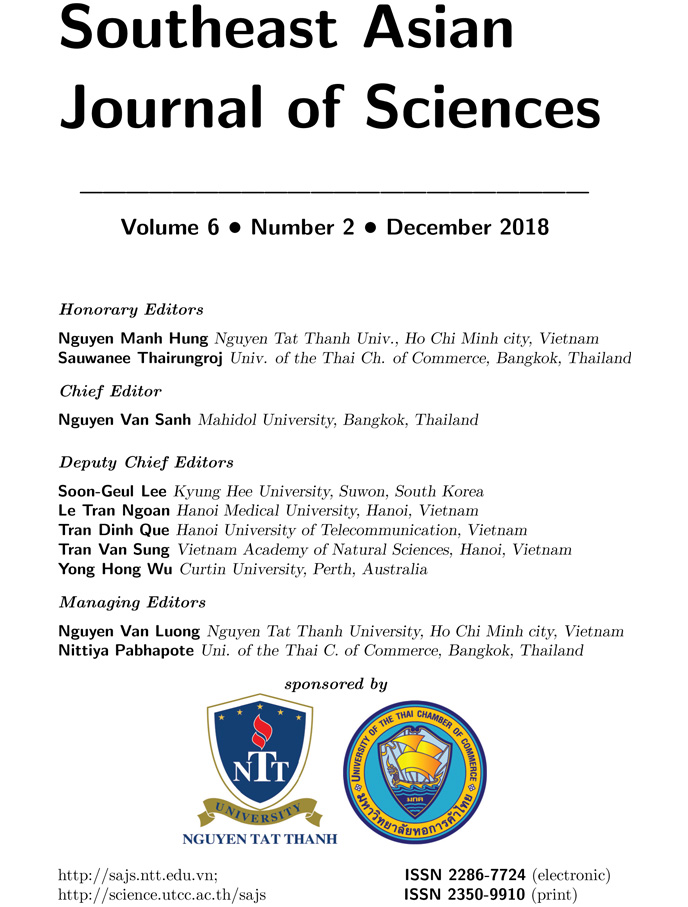PENETRATION OF CARBON NANOCYLINDER THROUGH A LIPID BILAYER
Abstract
Nanotechnology has brought forward new information, and innovative practices that can be utilised by applying mathematical techniques. Nanotoxicology is a branch of nanomedicine concerned with the study of toxicity of nanoparticles that may be hazardous to cells or organs. In the worst-case scenario, a tumour or cancer could possibly be induced by these nanoparticles. To study the toxicity of nanoparticles, we investigate the penetration of nanocylindrical carbon entering a lipid bilayer. We determine the interaction energy between the carbon nanocylinder and a lipid bilayer, looking at the penetration mechanism for appropriate carbon nanocylinder size. By applying the Lennard-Jones potential function and continuous approximation, the interaction energy is analysed by numerical evaluations, obtained by performing surface or volume integrals. Using this model, it has been indicated that the carbon nanocylinder with the radius and the half length of 3.55 °A will penetrate through the lipid bilayer when the hole radius of the lipid is larger than 6.65 °A. It penetrates deeper as the hole size gets larger. However, if there are no external forces, the nanoparticle will not pass the hole of the lipid bilayer but rather remains in the lipid bilayer.

